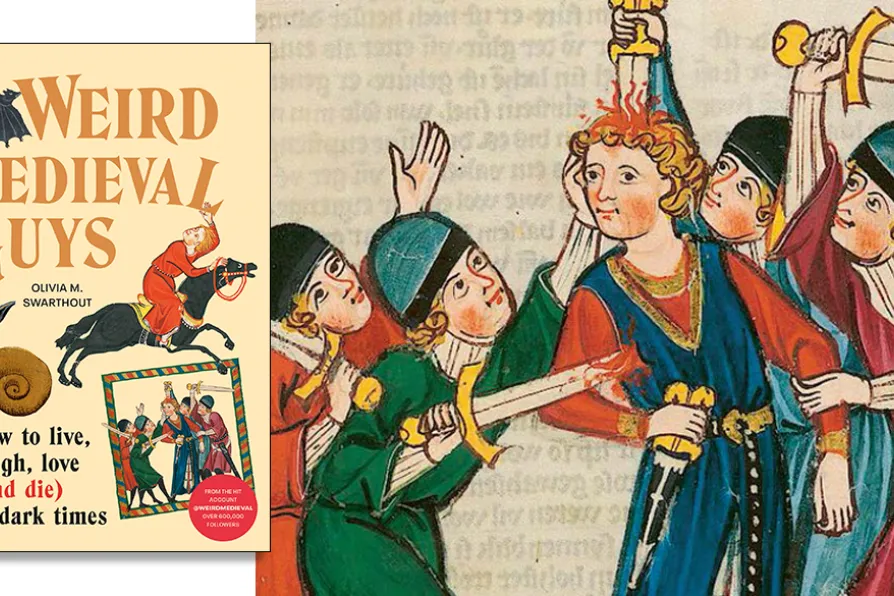MARJORIE MAYO recommends an accessible and unsettling novel that uses a true incident of death in the Channel to raise questions of wider moral responsibility
The wacky world of the Middle Ages
MADELEINE S KILLACKY admires a deeply researched book that takes you on a romp through the Middle Ages

 An image from the Codex Manesse (c. 1304), an anthology poetry and songs. The literary works are preceded by a portrait of their author, in this case Reinmar II von Brennberg. It is unclear why this illustration was picked to represent Reinmar but his status as a ministerialis, an unfree noble elevated from the peasant class, could have been a factor.
An image from the Codex Manesse (c. 1304), an anthology poetry and songs. The literary works are preceded by a portrait of their author, in this case Reinmar II von Brennberg. It is unclear why this illustration was picked to represent Reinmar but his status as a ministerialis, an unfree noble elevated from the peasant class, could have been a factor.
Weird Medieval Guys
Olivia Swarthout, Square Peg, £16.99
PACKED full of satire, stunning imagery and interactive maps and quizzes, Weird Medieval Guys is a deep dive into some of the most extraordinary – and quirky – aspects of medieval daily life. This little book, which should appeal to older children as well as adults, is split into two parts: The Struggle: Surviving Life, Love, and Death, and The Bestiary.
Weird Medieval Guys is a riot, packed full of brilliant medieval facts. Its author, Olivia Swarthout, has been creative in using quizzes and puzzles to engage readers who might like history but don’t get on with dense scholarly texts in the wonderful, wacky world that is the Middle Ages.
Similar stories

JESSICA WIDNER explores how the twin themes of violence and love run through the novels of South Korean Nobel prize-winner Han Kang

CAROLINE FOWLER explains how the slave trade helped establish the ‘golden age’ of Dutch painting and where to find its hidden traces

FRANCOISE VERGES introduces a powerful new book that explores the damage done by colonial theft

ABAYOMI AWELEWA celebrates AKINWANDE OLUWOLE SOYINKA, the legendary African author whose work shows the powerful role of the arts in challenging oppression, advocating for justice and inspiring social change









